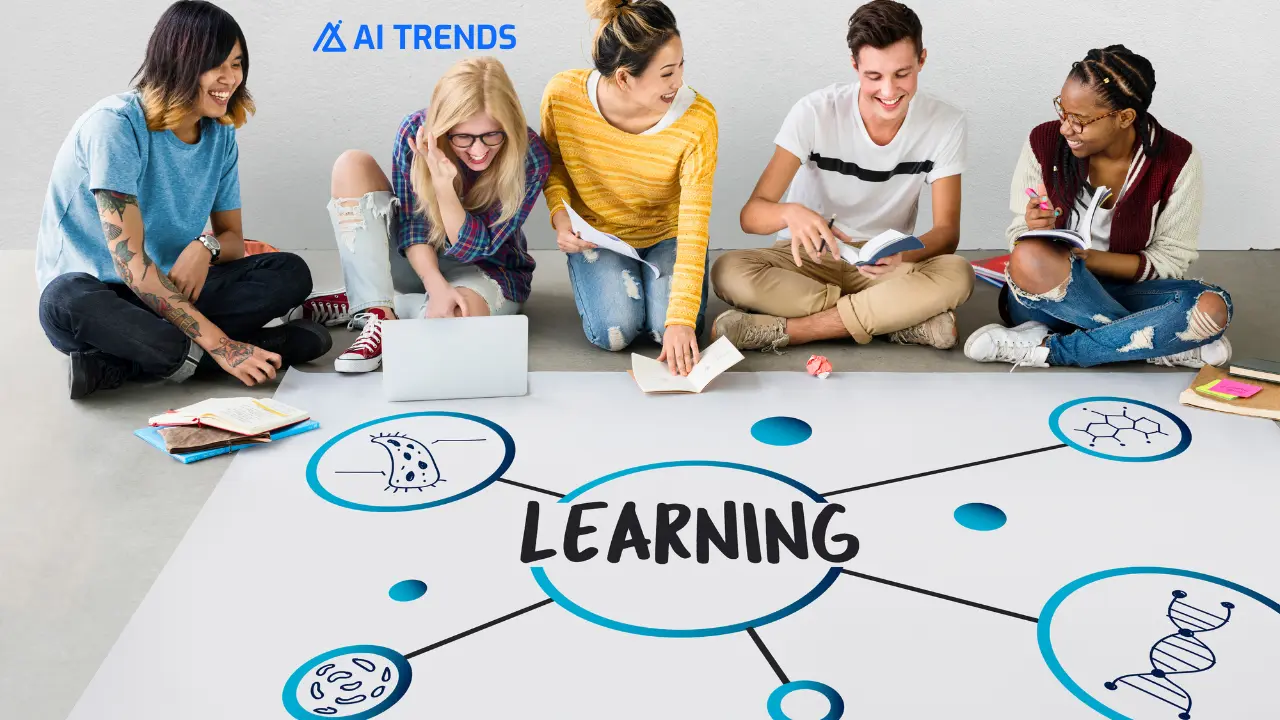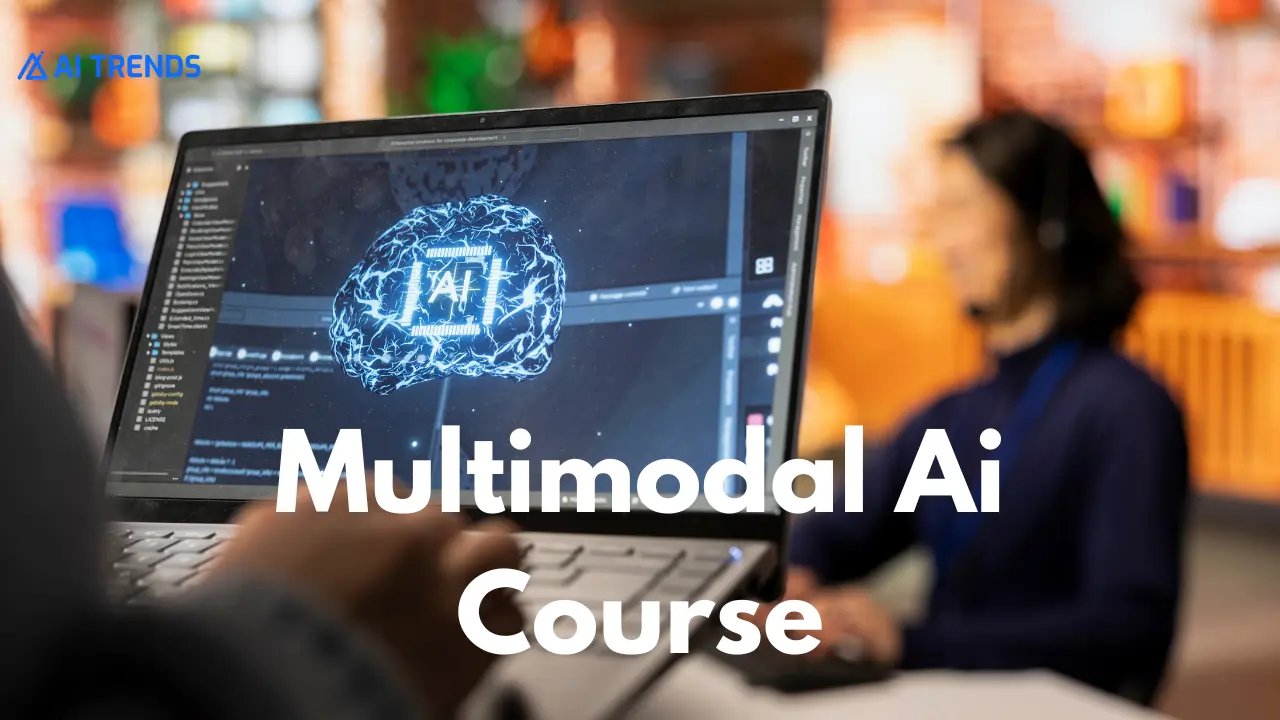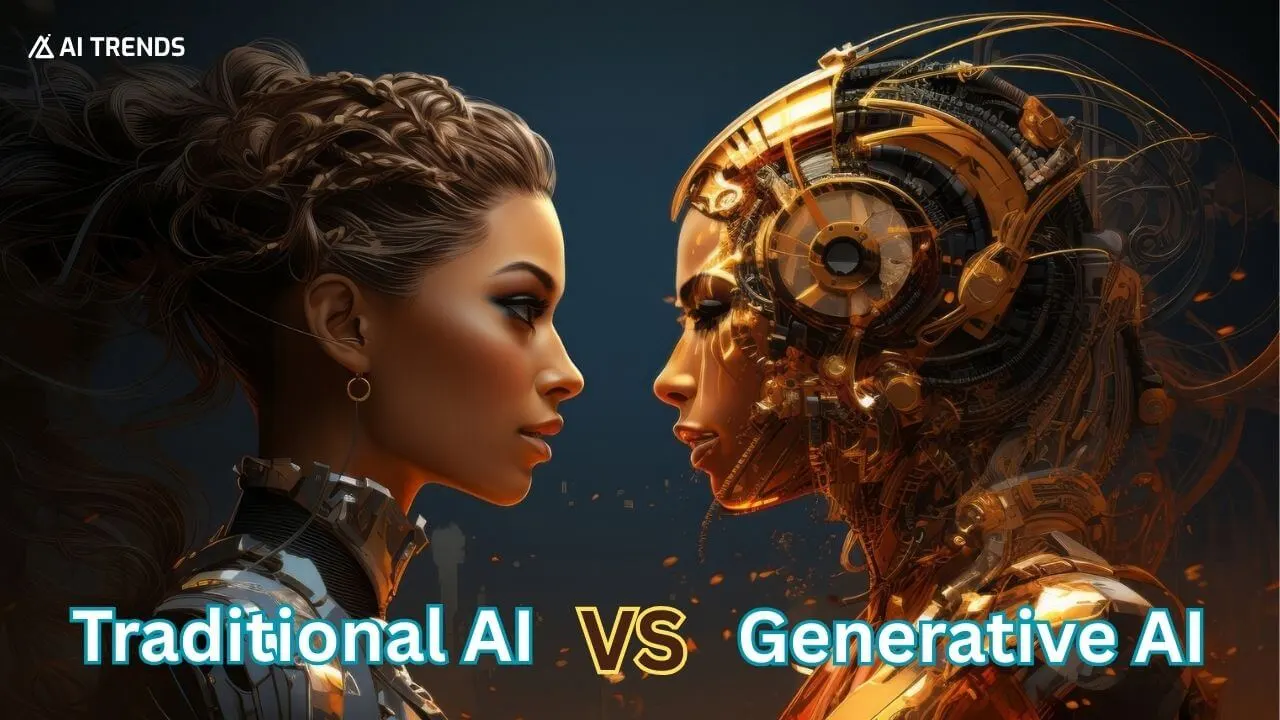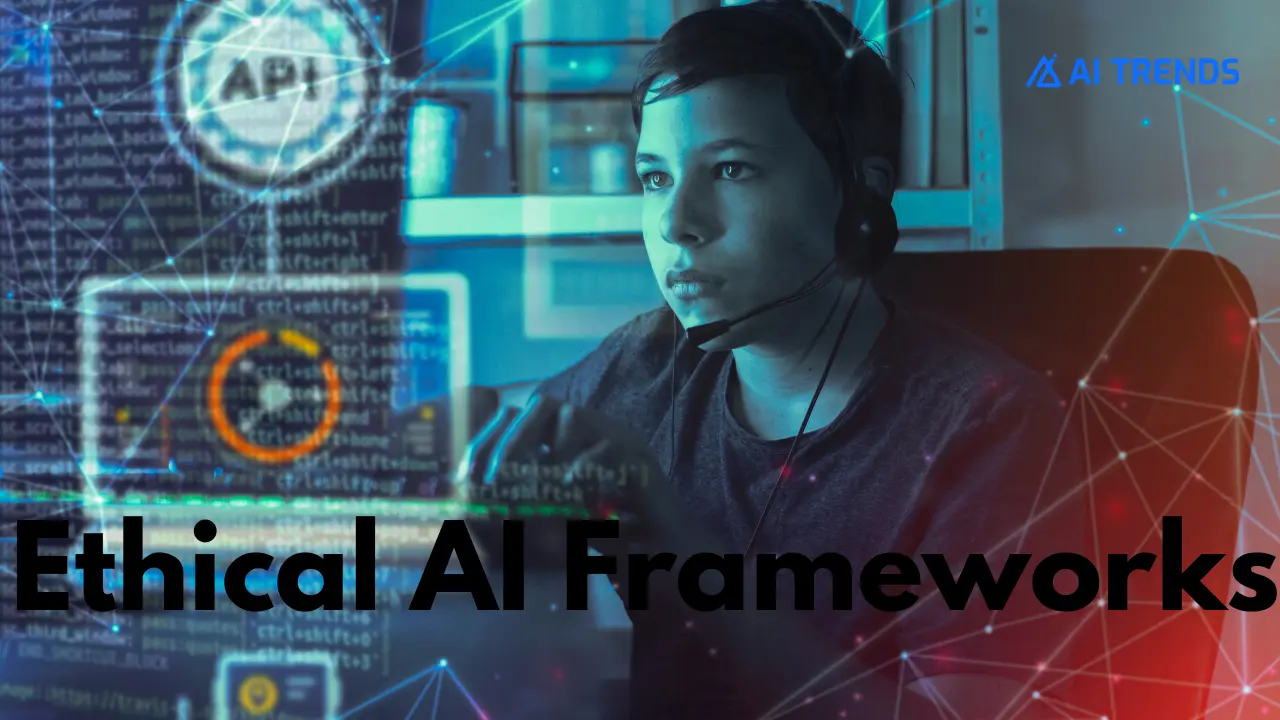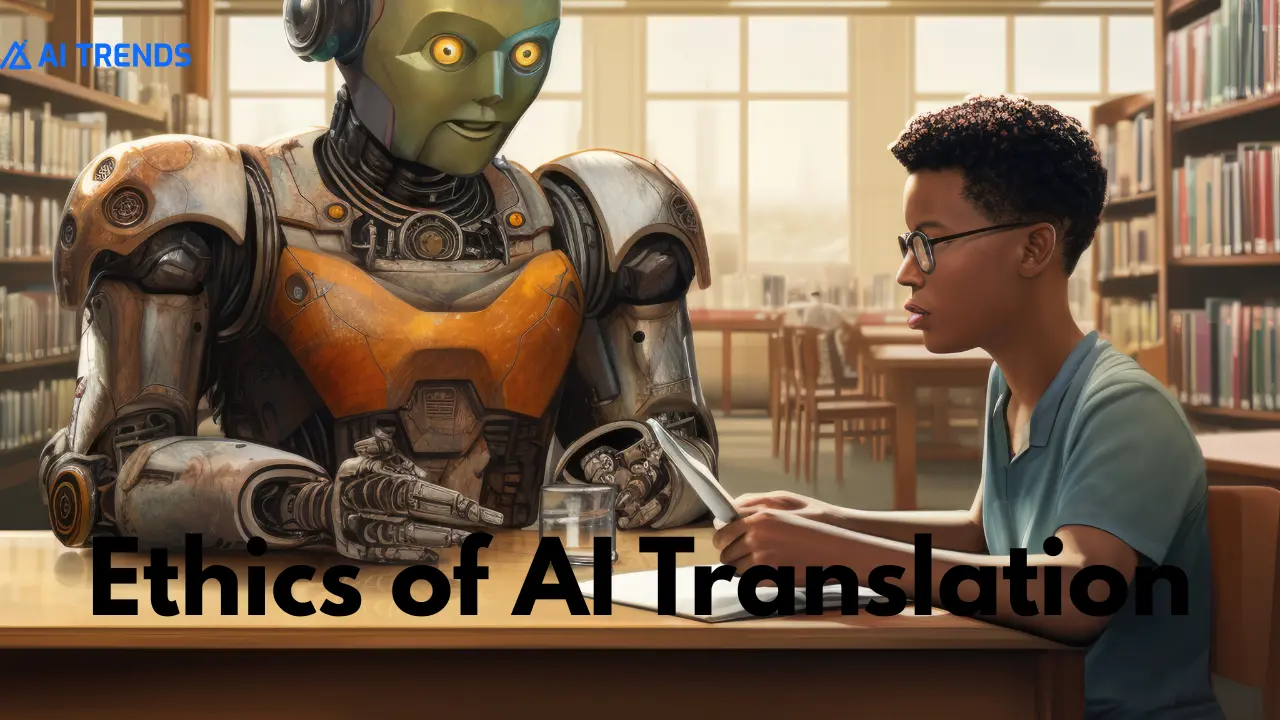If you’ve been following AI news, you’ve probably heard the phrase multimodal learning. It sounds fancy, but the idea is simple: instead of teaching AI to understand one type of data (like text), you train it to work with multiple types of input at once text, images, audio, or even video. That’s a big shift. Humans naturally do this every day. When you watch a movie, you combine visuals, sound, and language to understand the story. When a teacher explains a concept, you might listen, take notes, and look at a diagram at the same time. Multimodal learning in AI tries to do something similar. In this guide, I’ll break down what multimodal learning is, why it matters, how it works, and where it’s being used. I’ll also share real examples, some pros and cons, and my honest take on where it’s heading.
Table of Contents
What Is Multimodal Learning?
At its core, multimodal learning means training models on two or more types of data.
For example:
- Text + Images like an AI that can look at a picture and write a caption.
- Audio + Text is like a speech recognition system that transcribes and understands tone.
- Video + Text like a tool that summarizes YouTube lectures.
This is different from traditional machine learning, which often focuses on single-modal data. For example, a standard NLP model just works with text. A computer vision model just works with images. But real life isn’t single-modal. You don’t just read or just listen, you combine information. Multimodal learning brings AI closer to human-style understanding.
Why Does It Matter?
Here’s the deal: AI models trained on a single type of data can be powerful, but they’re limited. A text-only chatbot can’t see images. A vision-only AI can’t understand language. But once you combine them, you get richer reasoning. Imagine:
- A doctor uploads an X-ray and also adds patient notes. The AI looks at both to suggest possible issues.
- A student records a lecture. The AI analyzes both the audio and the slides to create a full summary.
- An e-commerce site lets users upload a photo of shoes and type similar, but in red to find matching products.
That’s the strength of multimodal learning it makes AI more flexible, useful, and human-like.
How Multimodal Learning Works (Without the Jargon)
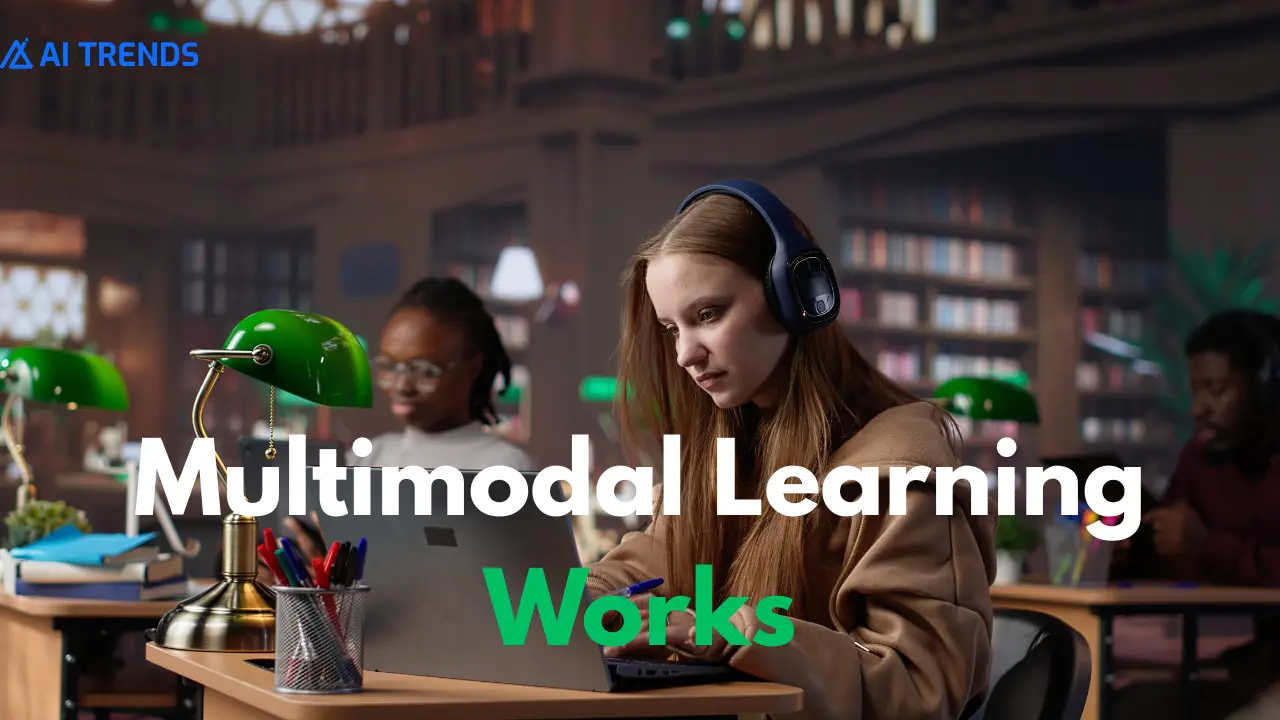
Okay, let’s break down the process step by step.
- Data Collection
Models need multimodal training datasets. These contain linked data, for example, an image with a text caption or a video with an audio transcript. - Feature Extraction
Each type of data is processed separately at first:- Text gets turned into embeddings using NLP models.
- Images are broken into pixel patterns by vision models.
- Audio is converted into spectrograms or embeddings.
- Fusion
Here’s the magic step. The system combines features from each source. There are several fusion techniques in AI, like:- Early fusion: combine raw data early.
- Late fusion: combine results from each model later.
- Hybrid fusion: a mix of both.
- Reasoning
Once data is fused, the model can perform tasks like multimodal reasoning, image captioning, audio-text alignment, or question answering with vision + language. - Output
The system produces something useful text, an image, a prediction, or even a video.
That’s the simplified version. In reality, most modern models use transformer models for multimodal learning (the same tech behind large language models like GPT).
Real-Life Examples of Multimodal Learning
To make this less abstract, let’s look at actual use cases.
1. Image Captioning
You upload a photo of a dog wearing sunglasses. The AI outputs: A golden retriever wearing sunglasses sitting on a beach chair.
This uses vision and language models working together.
2. Text-to-Image Models
Think DALL·E or Stable Diffusion. You type: A cat playing guitar in space. The model generates an image. That’s generative multimodal models at work.
3. Multimodal Sentiment Analysis
Imagine analyzing TikTok videos. You don’t just process the transcript, you also consider tone of voice and facial expressions. That’s more accurate than text alone.
4. Healthcare Applications
Doctors can input medical images (X-rays, MRI scans) plus written reports. A multimodal AI can cross-check for diagnosis.
5. Question Answering with Vision + Language
Upload a graph and ask, What trend is visible here? The AI reads the chart and explains it.
6. Education
Students can record a lecture (audio), upload slides (images), and ask the AI to summarize. That’s multimodal interaction helping in learning.
Benefits of Multimodal Learning
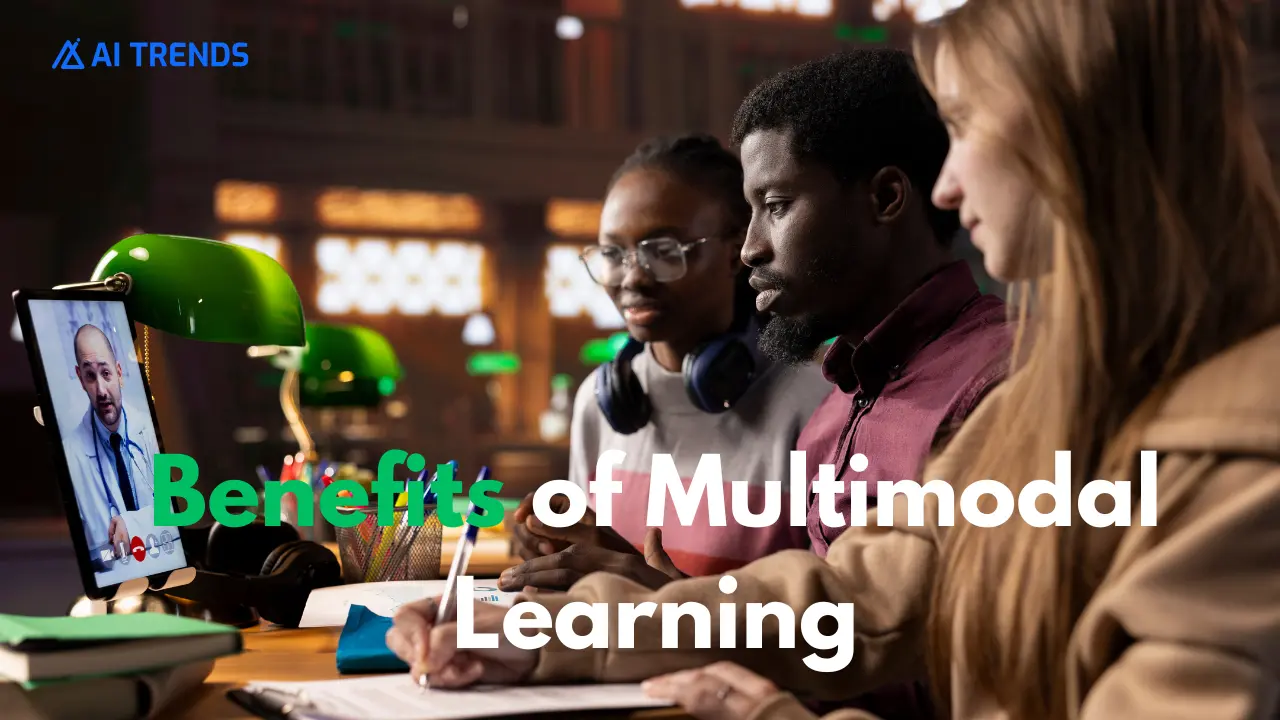
Here’s why I think multimodal AI is exciting:
- More human-like understanding. It mirrors how we learn with multiple senses.
- Better accuracy: Combining signals reduces errors.
- Richer applications from accessibility tools to creative design.
- Cross-modal learning helps the model transfer knowledge between tasks (e.g., learning from text and applying it to images).
Challenges and Limitations
But it’s not all smooth sailing. A few issues stand out:
- Data requirements: You need huge multimodal training datasets. Collecting paired data (like image + caption) is expensive.
- Complexity: Multimodal neural networks are harder to build and train than single-modal ones.
- Biases: If training data is biased, results can be skewed across all modalities.
- Compute costs: Training large multimodal AI models requires powerful GPUs and high budgets.
My take? It’s worth the effort, but only big labs and companies can train these models from scratch right now. Smaller teams often fine-tune pre-trained ones.
Popular Multimodal Models and Tools
If you’re curious about actual tools, here are some worth knowing:
| Model / Tool | What It Does | Free / Paid | Platform |
|---|---|---|---|
| CLIP (by OpenAI) | Links images + text (used in search and art models) | Free pre-trained weights | Python |
| DALL·E | Text-to-image generation | Paid + free trials | Web, API |
| BLIP-2 | Image captioning + Q&A | Open-source | Python |
| LLaVA | Large language model with vision | Open-source | Python |
| Google Gemini | Multimodal chatbot (text, image, code) | Paid + free tier | Web, Mobile |
| Whisper | Speech-to-text + translation | Free, open-source | Python |
| Speech + Vision APIs (AWS, Azure, Google Cloud) | Commercial multimodal APIs | Paid | Cloud |
Where You’ll See Multimodal Learning in Action
Here are some industries and uses where it’s already making a difference:
- Healthcare AI-powered diagnostics, patient record analysis.
- Education: Smarter tutoring systems, multimodal study aids.
- E-commerce Search by text + image.
- Entertainment Video summarization, auto-captioning.
- Accessibility: Helping blind users with vision + audio integration.
- Robotics Robots that can “see” and “listen” at the same time.
My Honest Take on Multimodal Learning
I think multimodal AI is one of the most exciting directions in machine learning. It’s the closest thing we’ve seen to AI that actually understands context like humans do. But there’s also hype. Not every app needs multimodal learning. Sometimes, text-only models are enough. Also, the compute costs mean it’s not practical for smaller developers,s at least not yet. That said, as pre-trained multimodal embeddings become more available, I expect more startups and researchers to build real-world applications without needing Google- or OpenAI-level budgets.
Future of Multimodal Learning
Here’s where I see things going:
- More open datasets. We’ll see better multimodal training datasets released publicly.
- Cross-lingual multimodal learning Models that handle multiple languages plus multimodal data.
- Better multimodal reasoning: Moving from simple captioning to deep understanding and decision-making.
- Everyday tools: Expect your phone, car, and apps to integrate multimodal AI quietly.
- Generative multimodal models: Text-to-video, text-to-3D, and beyond.
FAQs About Multimodal Learning
Q1: What is the difference between multimodal learning and unimodal learning?
Unimodal learning uses one type of data (e.g., text). Multimodal learning combines two or more (e.g., text + images).
Q2: Is multimodal AI the same as large language models with vision?
Not always, but yes, many large language models now include vision, making them multimodal.
Q3: What are multimodal embeddings?
They’re shared vector representations of different data types—like mapping text and images into the same space so the AI can compare them.
Q4: Are there free multimodal learning tools?
Yes. CLIP, BLIP-2, LLaVA, and Whisper are all open-source.
Q5: Where is multimodal learning most useful?
Healthcare, education, accessibility, and e-commerce are some of the best fits.
Final Thoughts
Multimodal learning is shaping the future of AI. By teaching machines to learn from text, images, audio, and more, we’re moving closer to tools that actually understand instead of just responding. For you, whether you’re a student, developer, or just curious about AI, the key takeaway is this: multimodal models aren’t just smarter, they’re more practical. They mirror how we process the world around us. We’re still early in the journey, but I’d bet multimodal AI will power many of the apps you use daily in the next few years.





